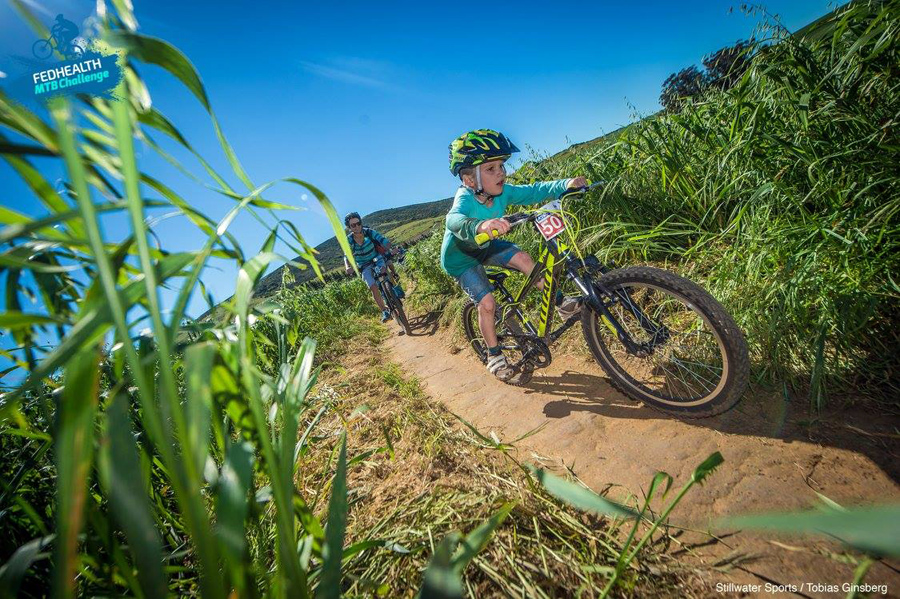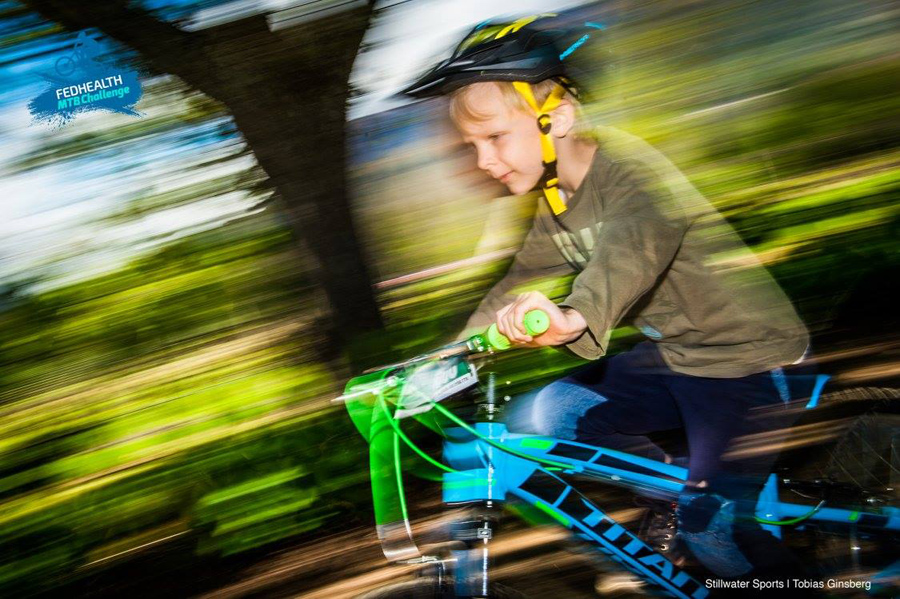We derive so much joy from riding our mountain bikes and most of us wish we’d discovered mountain biking at a much younger age. So it’s natural for us to want to introduce our kids to mountain biking early on. But as anyone that’s taken their young ones for a mountain bike ride will know, it doesn’t always seem as fun to them. Maybe parts of the ride are fun for them, but there’s usually a moment, or few, when there’s discontent, frustration or even tears. Here are four reasons why:

Imagine how different your mountain biking experience would be if your bicycle was half your weight… Did you ever think that proportionally (on average), we adults weigh around seven or eight times more than our bicycles, while our children weigh only around two to three times more than their bicycles? That makes quite a difference to the riding experience of our children, yet we often wonder why they don’t find it as much fun as us. But bike:rider weight isn’t the only factor.
Our experience of riding bikes as adults differs quite markedly from that of our children. In order to see it from their perspective and to become more empathetic on your next ride with them, consider this…

Bike weight vs rider weight
An 85kg dad weighs seven times more than his 12kg mountain bike. A 30kg kid weighs three times more than his 10kg mountain bike.
If your bike weight was just three times less than your body weight how would it feel to climb? Heavy, right? And how would it feel to handle? Tough, right?
So, next time you are riding with your young one and he or she says “it’s hard!” They’re saying this because to them, it IS hard. For the 30kg kid to have a similar ride feel to the 85kg dad, the kid’s bike would need to weigh 4.2kg. But it’s not possible for a bike to be built that light, not practically anyway.

Weight distribution
A properly set-up adult mountain bike will see the handlebars set lower than the saddle. This gives us a high amount of default weight over the front wheel, which means less chance of the front wheel lifting on steep climbs and less chance of it washing out around turns. Because of their small size, it’s almost impossible to set a kid’s bike up the same way. So most children’s bikes will have their handlebars set higher than their saddle. This means their control of the front wheel is limited because there’s more rider weight over the middle of the bike, not the front. So they will be more cautious (slower) going through turns and more unstable on steep climbs.
Wheel size
Most of us adults ride 27.5 or 29-inch wheel mountain bikes. In South Africa, 29-inch wheels are by far the biggest wheel size category. These big hoops are able to roll with great stability over rough surfaces that may include stones, roots and ruts. But most children’s bikes are the 20-24-inch wheel size. Proportionately these wheel sizes may seem similar to our 29-inch wheels to us, but we have a lot more adult-physique power than they do, so can smoothly pedal our big wheels over obstacles that seem insignificant, but which can be a real challenge for little ones trying to follow our line.
Brakes
These days, most adult mountain bikes come with hydraulic disc brakes. What a pleasure! They’re so easy to pull and work incredibly well in slowing us down or stopping us safely. They’re also very predictable and reliable.

But very few children’s bikes come with hydraulic disc brakes. If they do, it’s usually a 26-inch bike and it comes at a price. For most children’s bikes in the 16, 20 and 24-inch wheel range, it’s rim brakes or cable-actuated disc brakes. The latter work better than rim brakes, but aren’t quite close to the smoothness and actuation of hydraulic disc brakes. Now think about how it feels to ride a bike (only three times lighter than you) down a hill with brakes that aren’t predictable, smooth or powerful. This is what children experience. Generally, the better your brakes are, the faster and smoother you will ride because you have ‘stopping confidence’. Most kids don’t have that…
“Developing a mountain bike for kids is more of a challenge that many may think. Yes, we try and keep the weight as low as possible, but because children are constantly growing, parents aren’t going to splash out too much on a bike that their child will outgrow,” says Robbie Luis, Founder and Director of Titan Racing Bikes, which offers a very popular bouquet of junior bikes ranging from 12-inch wheels up to 26-inch wheels.
“When developing bikes for kids we consider durability, safety, affordability and style as our four cornerstones. We obviously spec the bikes to be as functional as possible, but there are always going to be some compromises.
“We try get the weight as low as possible within our parameters. While we are limited to fitting rim brakes on many models, we ensure that the brake levers are within small-finger reach, to enable kids to be able to actually pull the brakes, an important spec that’s not always attended to. We also use Shimano RevoShift twist-grip gear shifters on all our geared kids bikes as these are easier for little people to operate,” adds Luis.

So, next time you take Junior for a mountain bike ride, remember that his/her experience is quite different from yours. By making allowances for this with your expectations, you’ll see them relaxing and enjoying their riding more – having more fun. And fun is really the most important thing for kids to experience on bikes. Fun is what makes them want to ride again. And again…
To see the full range, head over to: Titan Racing Bikes, kids



